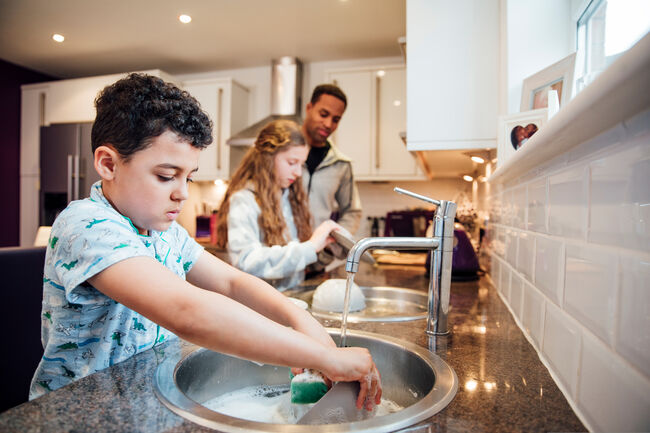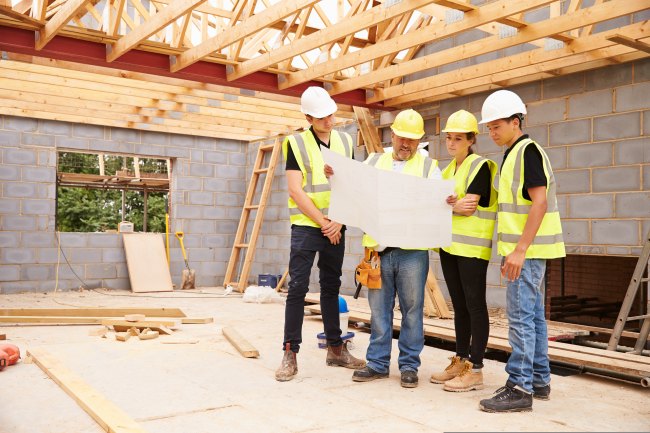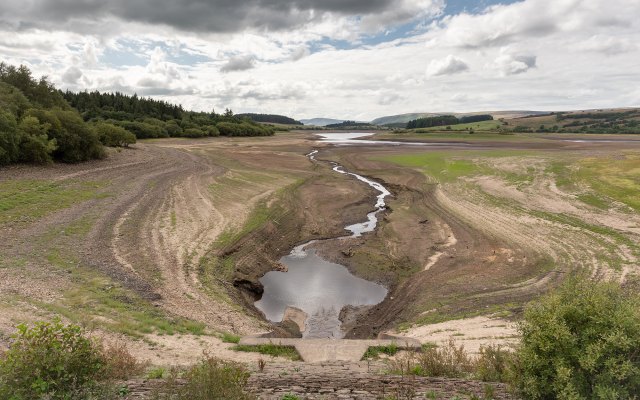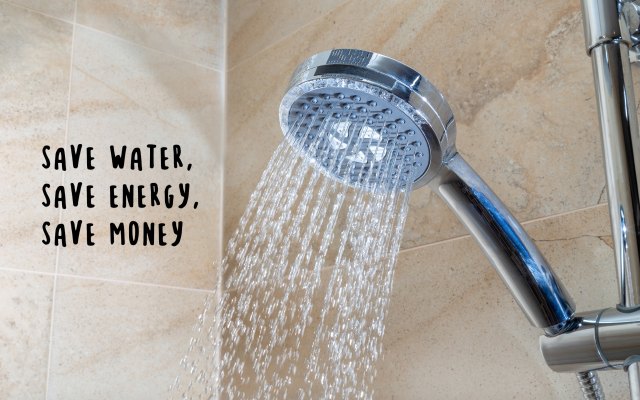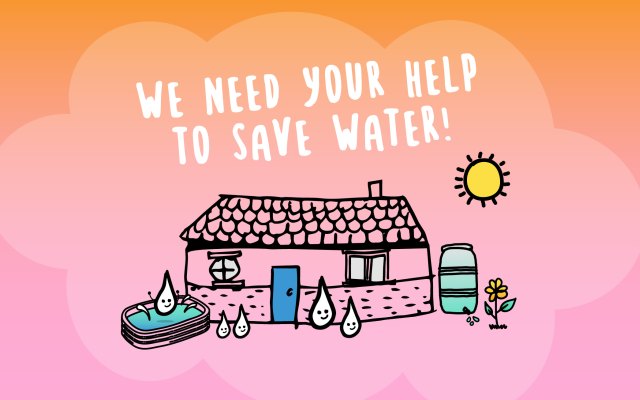Saving water
A growing population and climate change are putting strain on our water resources
38%
The industry has reduced leakage levels by a third since the 1990s
50%
Water companies have committed to reducing leakage by 50% by 2050
60%
of households now have a water meter
Despite some of the UK being known for its rainy weather, much of the country faces water scarcity. London gets half of the annual average rainfall of Sydney. Further pressure is also being added by climate change, increasing demand and population growth.
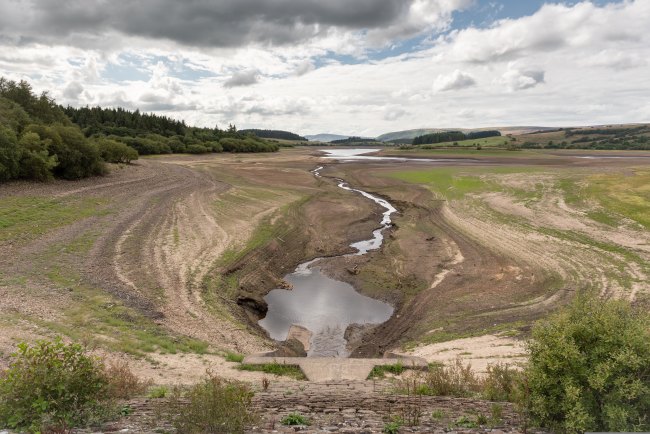
2022 was one of the driest years since the famous "year of drought" in 1976. We also saw record-breaking temperatures across extensive areas of the UK, which created exceptionally high demand for water.
Water companies extensively plan and prepare for events like last year. They collaborate extensively with government, regulators and other water users. All companies worked through their drought plans and six companies introduced temporary use bans (hosepipe bans) from mid-August in six areas.
Evidence from recent years, combined with climate science, shows that these weather patterns are the result of climate change which is happening now and likely to result in more years like 2022 in the future.
The UK government, water companies, and NGOs are promoting water efficiency measures to help customers reduce how much water they use and conserve resources. Examples of water efficiency measures include fixing leaks, installing water-efficient appliances, and using water wisely at home.
In the UK, many households are now being charged for their water usage based on meter readings rather than a flat rate. This puts people in control and allows them to make savings on their bills. Around 60% of households now have a water meter and this number is growing all the time.
In recent years, a range of water-saving products have become available on the market, such as aerated showerheads, dual-flush toilets, and water-efficient washing machines. These products can help households and businesses to reduce their water consumption. Building regulations require new homes and commercial buildings to meet certain water efficiency standards. This includes using water-efficient appliances and fittings, such as taps, showers, and toilets. The UK government has also undertaken a consultation on mandatory water efficiency labelling, like products that use electricity, such as monitors or light bulbs.
But the work does not stop there. The government recently summarised responses to the Department of Environment Food and Rural Affairs (Defra) public consultation on the first suite of Environment Act 2021 targets for England. This includes a target to reduce the use of public water supply in England per person by 20% by 2038 using 2019/20 as the baseline. This is equivalent to reducing household consumption to 110 litres per person per day by 2050.
Overall, water efficiency is a growing concern in the UK, and there are many initiatives and measures in place to promote water conservation and reduce wastage.
+ -
Water efficiency is the optimisation of water use, minimising waste and maximising productivity. It involves adopting practices, technologies, and strategies to reduce water consumption and improve water management.
Water efficiency is important to preserve water resources, especially in regions that experience water scarcity or drought conditions. By reducing water consumption, we can reduce the strain on the water supply, save money on water bills, and reduce energy consumption related to pumping and treating water.
+ -
- Proactively reducing baseline demand now by tackling leakage and public information campaigns
- Introducing water meters to customers
- Tackling climate change and our effects on the environment with our net zero agenda
- Increasing our resilience to extreme weather events
+ -
The UK has a relatively high level of rainfall, but the distribution of water across the country is not even, with some regions experiencing more water stress than others. Climate change is also likely to impact the availability of water, with some regions expected to experience more frequent and severe droughts and floods.
Water companies are large water users, taking around 15 million litres of water per day from the environment, and the pressure to take more will increase as the country’s population grows particularly in the south and east of England.
Every water company invests in water resources and reducing demand to ensure that they don’t take too much water from the environment and resolve existing environmental problems.
It is important that individuals, businesses, and policymakers work together to ensure that the UK has a secure and sustainable water supply for generations to come.



